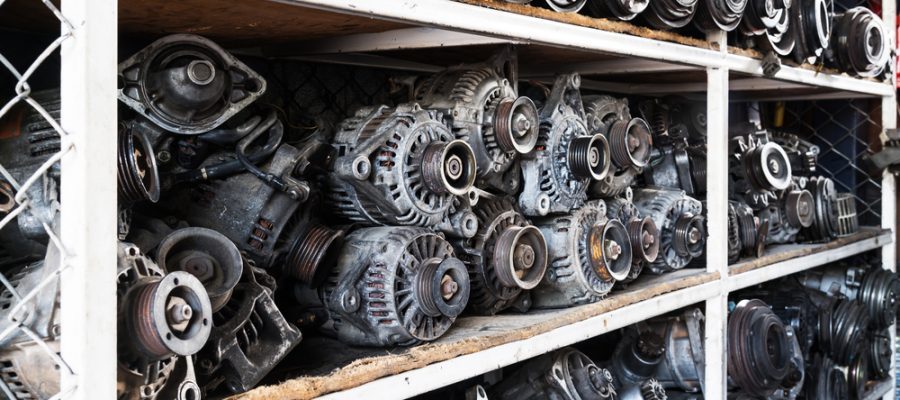Using your shop’s Cost of Doing Business (CODB) as a baseline for labor rates.

Sometimes rebuilt parts aren’t rebuilt. Odds are good you haven’t ever heard of seeded cores. See, when a company like Dorman wants to rebuild parts, we need to source them, and sometimes they can’t be found. Other times, we get to market so fast, the parts we need aren’t in the salvage yards.
So you’ll pay a core charge even though the part you unbox just might be new, not remanufactured, because the idea is to “seed” enough parts that rebuilding can happen.

Ever see a “crankshaft with a view?” (Like, there’s a hole in the engine block?) That’s usually not rebuildable. The remanufacturer is gonna have to go source another block to rebuild because your customer’s is toast. The core charge your shop—and thus your customer—forks over isn’t coming back. (Or at least a part of it isn’t. There are other parts on there that are useful, like the cylinder heads, for example.)
The core charge is a fee the rebuilder charges to ensure they have a stream of rebuildable units coming back, and the money can be used to source them from salvage yards when needed.
Especially if you’re a younger technician, the concept of a core might seem a little foreign, but traditionally, many parts of the car were saved and the offending items repaired, rejuvenated, and resold.
Rotating electrical (starters/alternators/generators) are still sometimes sold rebuilt, and other times they’re new. Engines, transmissions, heads, and other subassemblies are remanufactured in facilities that specialize in this work. But many parts used to be rebuilt in-shop. Brake shoes are a great example—specialty relining shops used to exist, and many general repair shops (maybe even yours!) that have been open for a long time still have a brake rivet press and shoe grinder gathering dust in the corner.
As times changed, companies began to gather cores to rebuild for parts stores, who would stock the parts on shelves to save mechanics the time of rebuilding failed parts. Units could be ready for hotshot delivery, and then the industry changed yet again to where we are today: new parts replace old. Here’s a few other items you might not have realized were rebuilt and thus carried core charges in the past:
Some of these items are still rebuilt today, of course, at differing scales. For instance, OEM CV shafts are often prized by those subjecting them to high-horsepower hijinks. They’re also commonly rebuilt by either mechanics or smaller companies for hard-to-get applications, like side-by-sides or (in America), kei vehicles.
There are also quite a few parts that are rebuilt either by owners or specialty cottage industry suppliers. The old buzzer coils on Ford Model Ts come to mind, as do some mechanical fuel pumps. Brake shoes and clutch friction pieces still get serviced in shops around the country, and hydraulic repairs on older off-road or agricultural equipment are common. If a small shop wants to get up and running, acquiring a small stash of cores suitable for remanufacturing is table stakes—it’s a lot harder to sell parts if the customer has to wait for their part to arrive and be reworked.
It’s also increasingly common to see specialty coaters (like chrome or powder coat shops) charging cores on high-turn items, too.
And there you have it—a few less-than-well-known tidbits about cores, rebuilding, and the costs associated with them.
The articles and other content contained on this site may contain links to third party websites. By clicking them, you consent to Dorman’s Website Use Agreement.
Participation in this forum is subject to Dorman’s Website Terms & Conditions. Please read our Comment Policy before commenting.